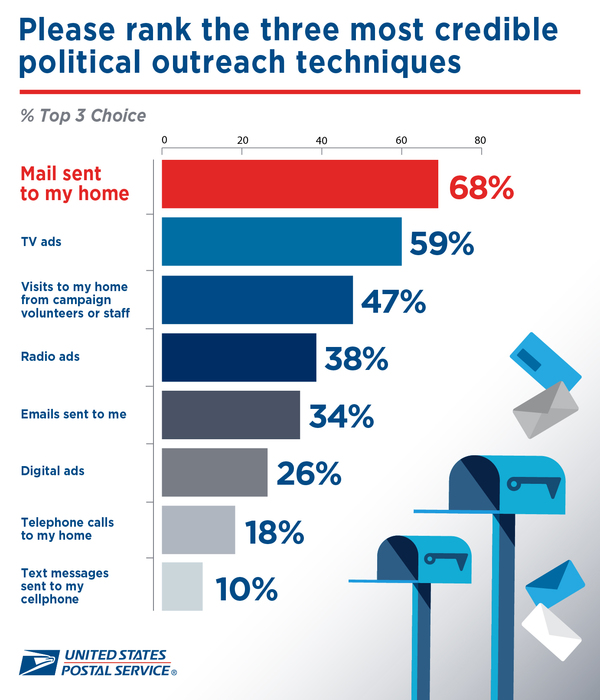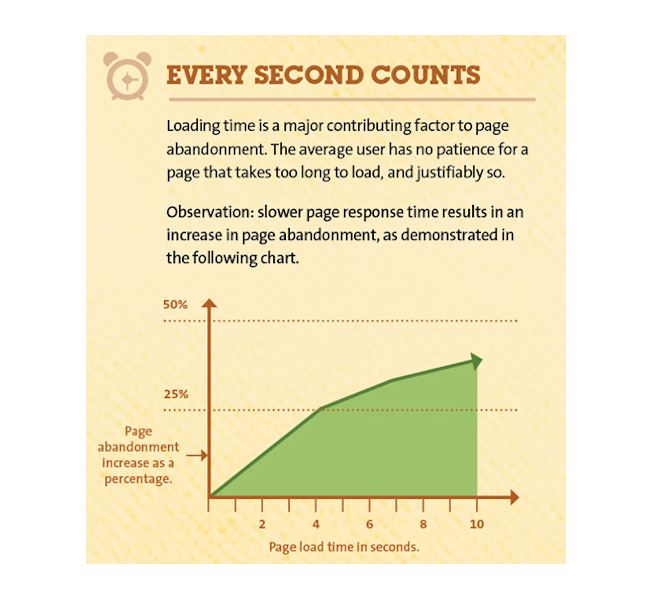
For all the hemming and hawing that goes on about millennials and their smartphones, social media pages and alleged inability to unglue their eyes from the various screens that encompass their entire existence, it seems they’ve flipped the script on the older generation.
That’s right – in a brilliant twist of irony, millennials have banded together and said, oh yeah, we’re hopelessly addicted to all forms of digital media? Put this in your vaporizer and…vaporize it…?
Have millennials been mocked so mercilessly about their purported need for instant gratification that, in an act of face-saving social disobedience, they’ve turned marketing on its axis by embracing the direct opposite of what they’re ostensibly addicted to?
The science behind the contradiction
Social commentary aside, there’s no denying the numbers found in a 2018 study conducted by the U.S. Postal Service and Temple University:
- 77% of millennials read and analyze direct mail advertisements
- 90% of millennials consider direct mail advertising to be reliable
Despite what you may have heard about millennials, they are cognitively drawn to physical advertisements. Researchers also found that a high percentage of millennials had a strong emotional response to physical advertisements and that the physical ads stimulated parts of the brain connected to desirability and value.
And those numbers are just the tip of the revelation-iceberg found in this study, the underlying trend being that direct mail advertisements seemed to leave a much longer-lasting impact on millennial participants and were generally more effective when it comes to triggering purchasing behavior when compared to digital advertisements.
But..why? How? What?
While this may be puzzling to many marketers, if you’re at all familiar with this generation (that is relentlessly lampooned) you should’ve seen this coming.
Think about it – this demographic is made-up of people who’ve brought vinyl and even cassette tapes back into mainstream favor. Many of them will openly scoff at the idea of drinking a cup of pre-ground coffee, despite its convenience, preferring the longer process of grinding fresh beans each morning. They also brought handlebar mustaches out of obscurity.
This is conjecture, but it seems that based on this generation’s tendency to embrace things that are undeniably “retro”, they favor authenticity over convenience. Why?
Because they’ve had convenience shoved down their throats for so long.
People have been calling millennials lazy, entitled, social media zombies for a long time – it’s no wonder they’ve developed an affinity for stuff that’s considered “old school” as a defense mechanism. It’s also worth considering that because they’re a generation that has always been inundated by digital advertisements, physical advertisements are like a breath of fresh air.
They don’t mind the old way of doing things because to them, it’s fringe, not antiquated. It’s quaint, not old-fashioned. It’s different than what they’re used to.
Got it – I deleted my Facebook Ad account. Now what?
Pump the brakes.
Just because your millennial brother in law recently bought a record player doesn’t mean he’s deleting his Spotify account, nor is it going to stop him from posting the pics of his vintage Victrola to Instagram.
Similarly, just because millennials are embracing direct mail advertising doesn’t mean you should abandon digital advertising entirely. In fact, it means just the opposite.
You should make your direct mail pieces as modern as possible.
Incorporate digital elements of your business into your mailers. It allows this particular demographic to identify you as a unique, yet modern business that will appeal to their millennial sensibilities.
Invite recipients of your mailers to leave you a review online and visit your social media pages. Ask them to subscribe to your email list. Include QR codes.
Create designs that are eye-catching, yet simple and sleek. Write copy that is conversational, concise and genuine.
Most importantly, don’t try to be something you’re not. Remember, millennials are drawn to authenticity, and because they were born on the internet, they have a keen eye for weeding out advertisements that aren’t worth their time – even if it’s appearing in their mailbox instead of their Facebook feed.
The moral of this article is, essentially, that no single group is always 100% of anything all of the time. Not all baby-boomers are technologically inept and millennials can appreciate a timely, well-designed advertisement in their mailbox.
Stand out from the crowd and reach millennials in their mailbox with custom-designed direct mail programs, made especially for businesses like yours. Many of our programs have no monthly minimums and none of our programs have long-term contracts. Contact us or give us a call at 800.926.2451 for more information!
The post The Majority of Millennials Prefer Direct Mail Advertisements…wait, what? appeared first on Moving Targets.


